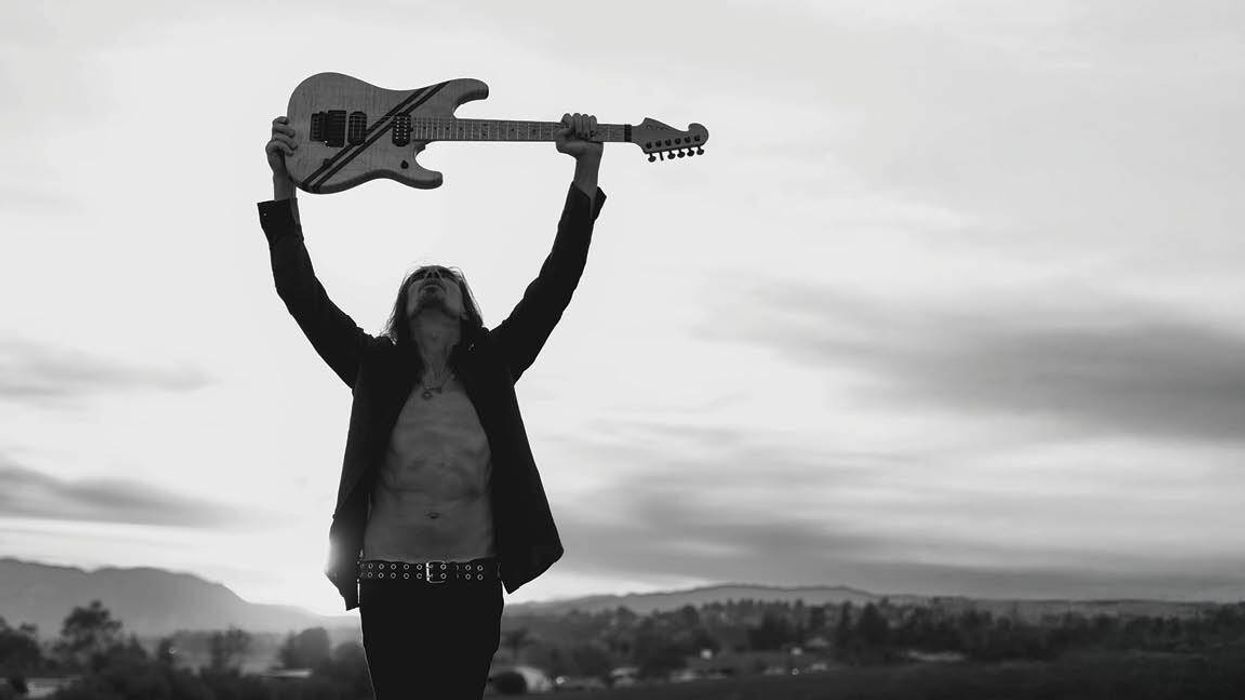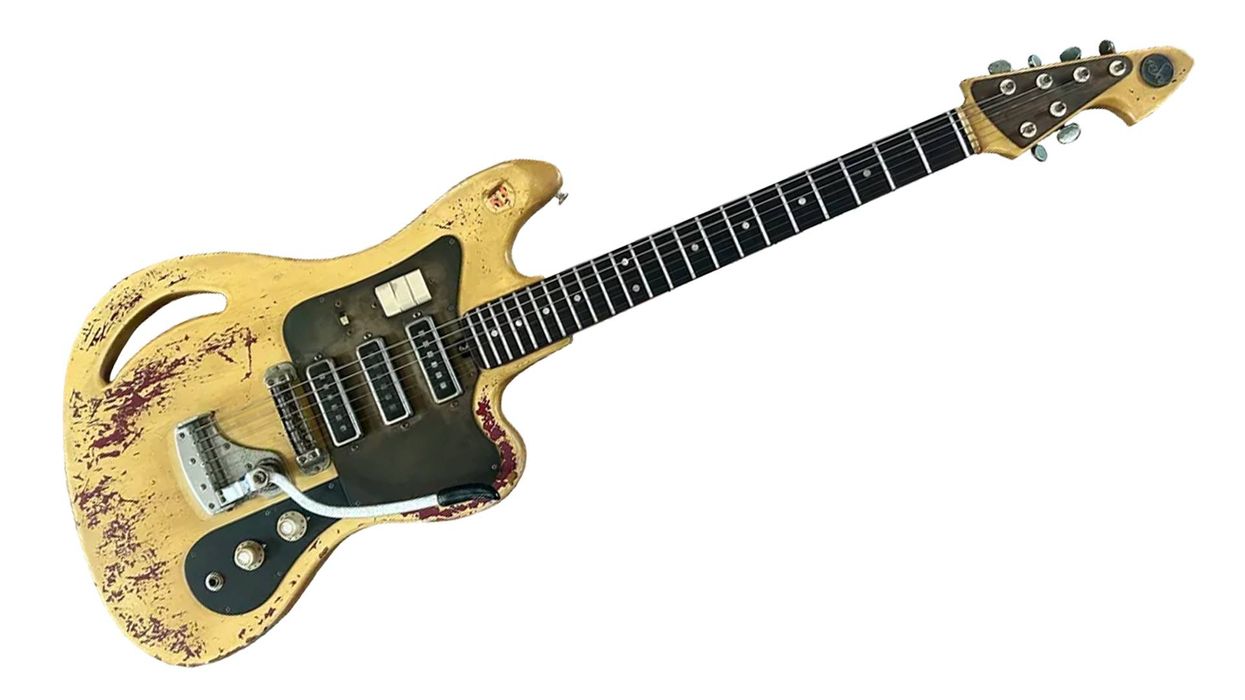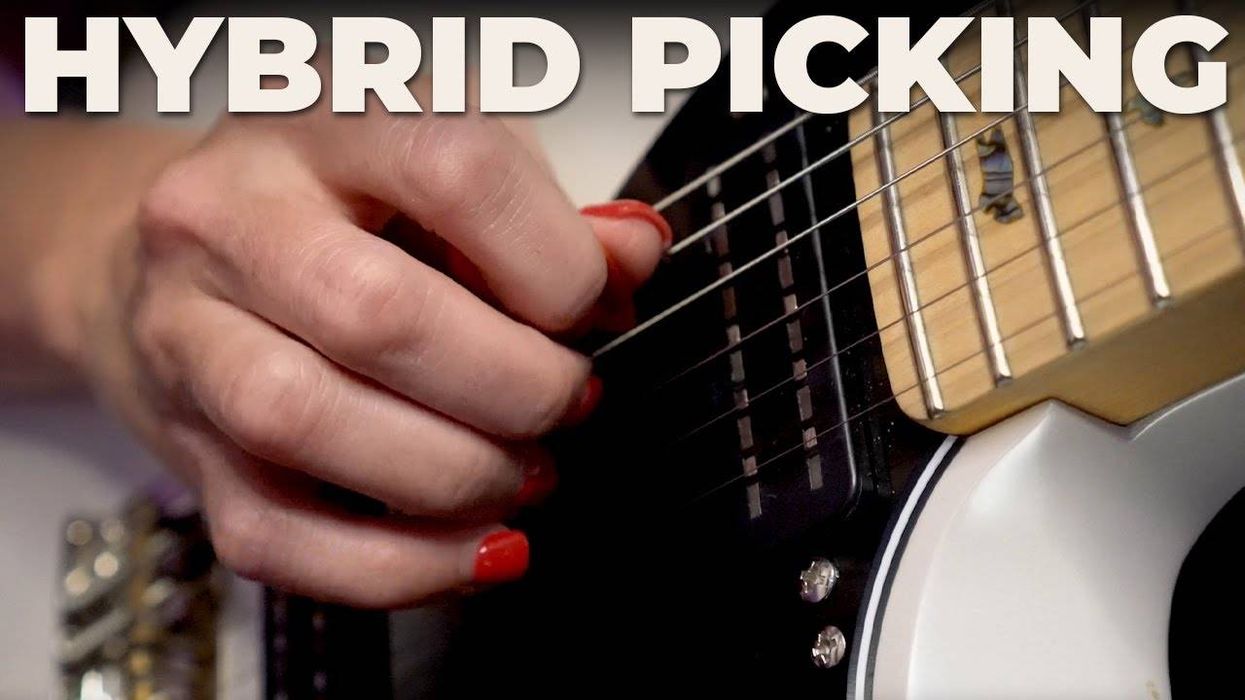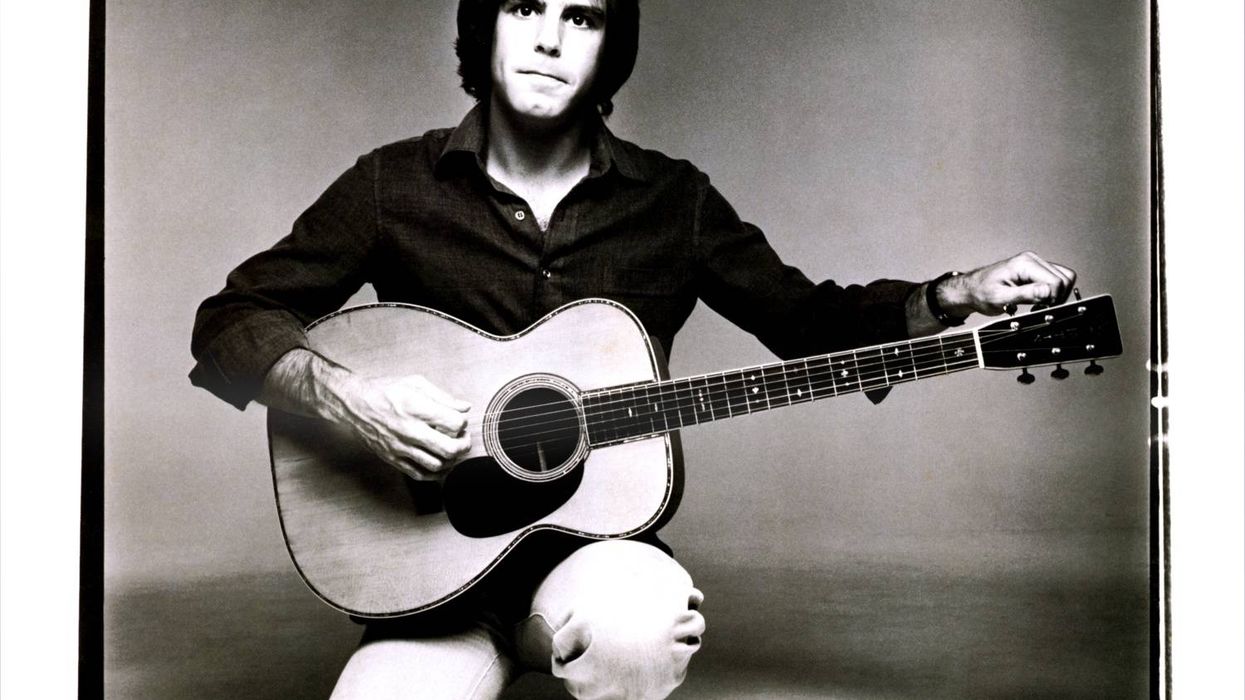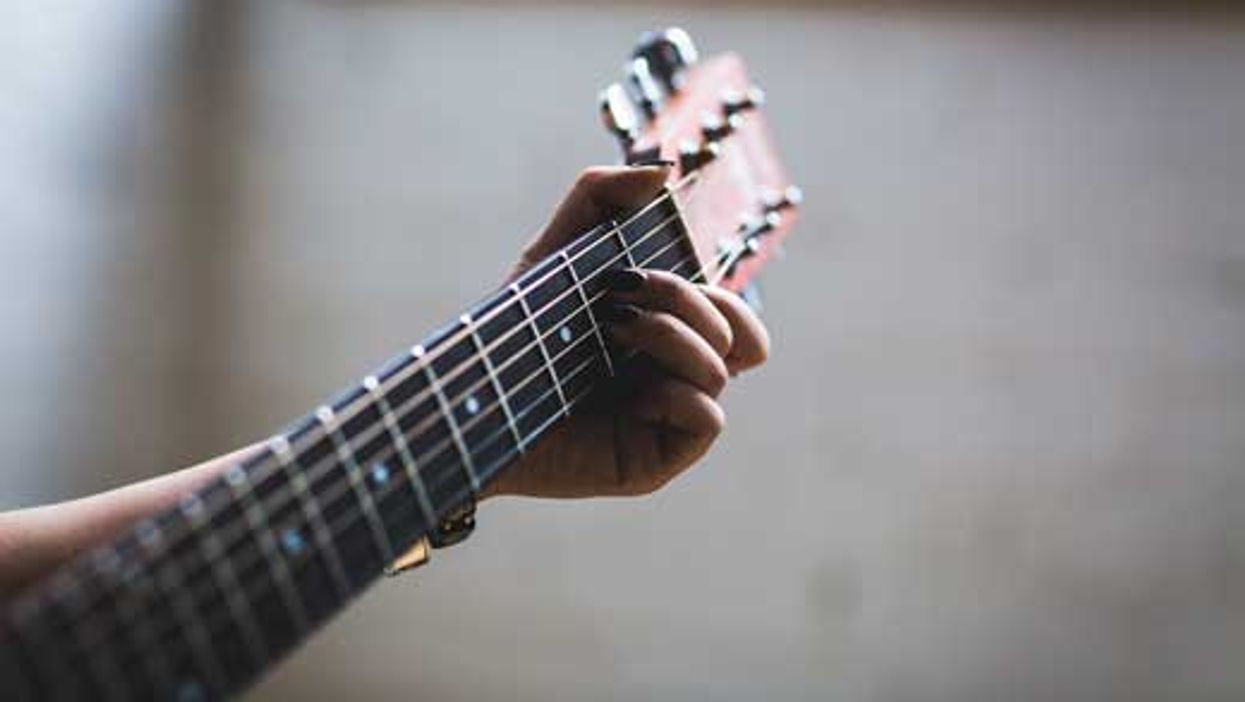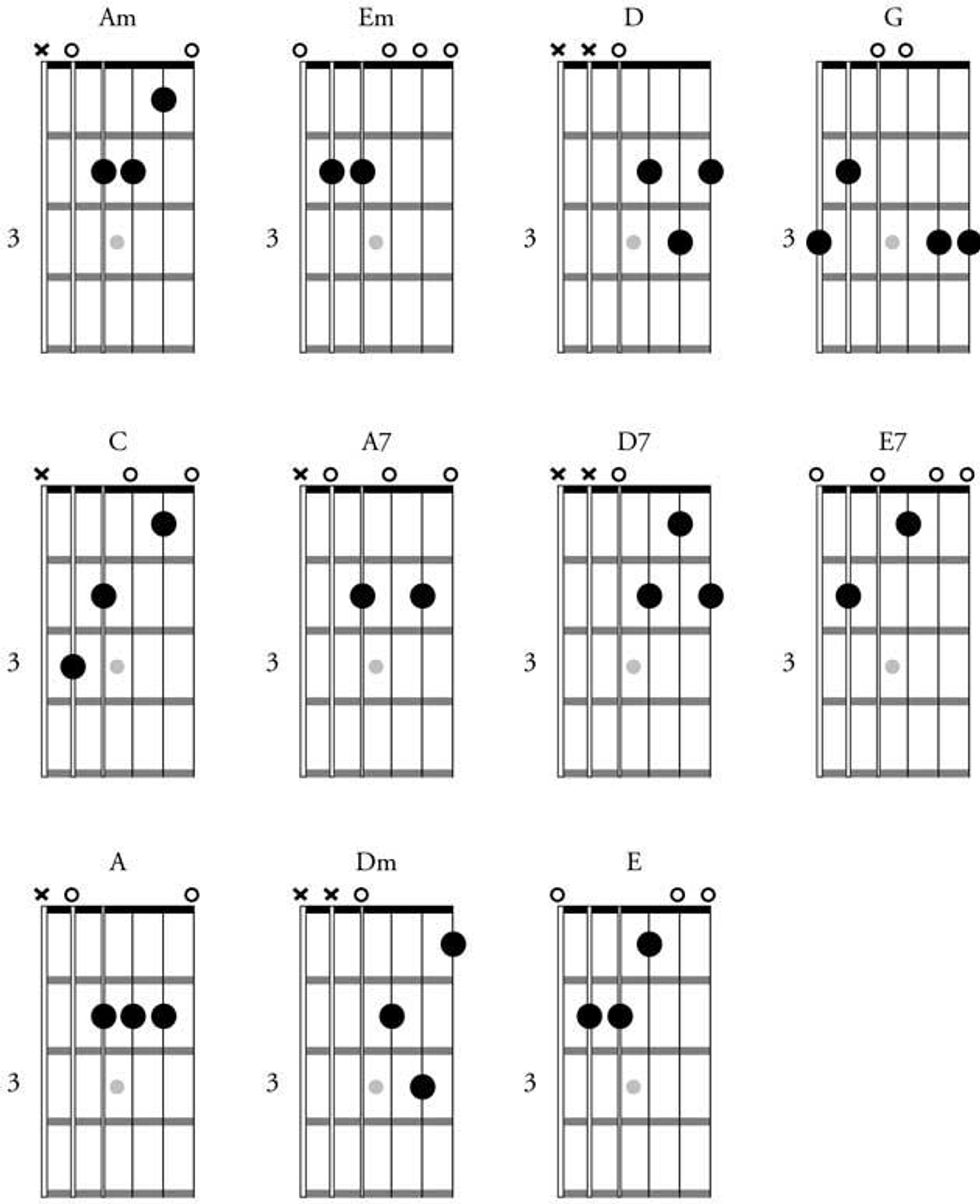Glen Campbell’s sound is inspiring on many levels—in addition to his distinctive voice, his nuanced and virtuosic guitar playing allowed him to interpret some of the most iconic songs of his era. Among them, the songs of Jimmy Webb stand out immediately. Classic pieces such as “By the Time I Get to Phoenix” and “Wichita Lineman” are instantly recognizable for their vivid storytelling and unforgettable melodies. It’s interesting to note that Webb composed on piano, utilizing the instrument’s vast harmonic capabilities to craft structures less conventional than the typical radio single.
In the hands of Campbell, his guitar playing truly shines as much in his comping as in his famous soloing during live performances. I composed my piece, “Jed’s Theme,” based on a character in a novel written by my sister, Christina Rauh Fishburne, with Webb and Campbell’s influence very much at the center. It can be heard on my album with Cameron Mizell, Local Folklore (Destiny Records).
Note: I play this piece with hybrid picking (pick/middle/ring), but it can also be played fingerstyle if that’s more comfortable.
Ex. 1 (Measures 1–8)
The beginning of the tune establishes a simple melody line over a harmonic bed that utilizes inversions and substitutions for color. An element of Campbell’s accompaniment style that I love is his ability to sculpt emotion to support the melody. In an instrumental context like this, using a Gm as a passing thought in measure 2 is a way to emote harmonically while only briefly straying from the key of D major. The decision to use F# in the bass of the tonic D chord also provides a chromatic line as we move through D/F#, Gsus4, Gm, D/F#, and G6. These nuanced voicing movements help to create an atmosphere for the melody beyond the typical options. The rocking back and forth of the bass notes also provides a momentum to move up to the V–IIIm–IV cadence that ends with a first position line over Gmaj. Adding such lines in an instrumental tune can be a fun way to insert “guitar” back into the melody. By this I mean that until then, think of the melody as a voice. The melody sings its entrance and comes to a pause, leaving space for the guitar to respond before moving on.
Ex. 2 (Measures 9–16)
Here, we find ourselves back in the “voice” melody but now E/G# is introduced as a harmonic shift to bring light into the melodic narrative before closing out the phrase by resolving to a Dmaj walk up. At the start of the song, the melody hangs on the G6 chord before extending tension over the V and IIIm chords and settling on the IV chord before beginning its next statement. This time, we bring the melody to a secondary dominant with the V of V (E/G#) before finally resolving to the I chord. This is a mechanism often found in the Webb/Campbell songs that allows a melody to remain consistent while simultaneously offering emotional development.
Ex. 3 (Measures 17–23)
We begin here with a higher melodic line voiced over the V chord before descending out of the key briefly to Fmaj7–Fmaj9–Cadd9. Following this, another “guitar” line enters to lead us back into D major by closing out the phrase on A7, further utilizing harmonic movements under the melody to introduce new emotive colors and support the melody.
Ex. 4 (Measures 9–13, coda ending)
To bring the song to an end, we take the D.S. al Coda and introduce a final harmonic shift with the G/Ab beginning the coda and ending on the unresolved Gm. These choices are both ways in which a song can be brought to a closing that feels open-ended, which is different than incomplete. Rooted in the key of D major, the song remains mostly grounded in the tonality with various harmonic divergences to accent the melody. By ending the song on the Gm, or the IVm, we may insinuate that a story is still being told after the song is finished. This is a mechanism often used to accentuate unresolved tension in vocalized lyrics and can have the same effect with instrumental music when thoughtfully placed.
Ex. 5
For Ex. 5, we’ll play the complete piece, keeping in mind that it’s important to hear the melody lyrically, and the harmony as emotional color in support of it.


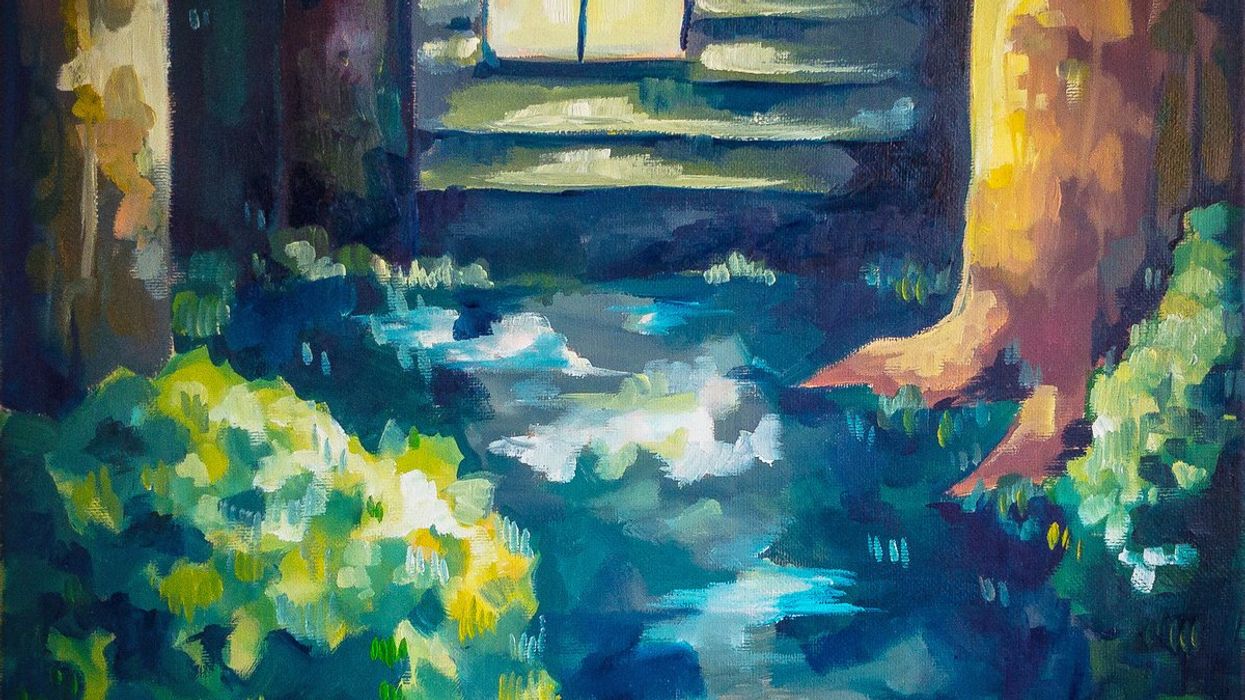

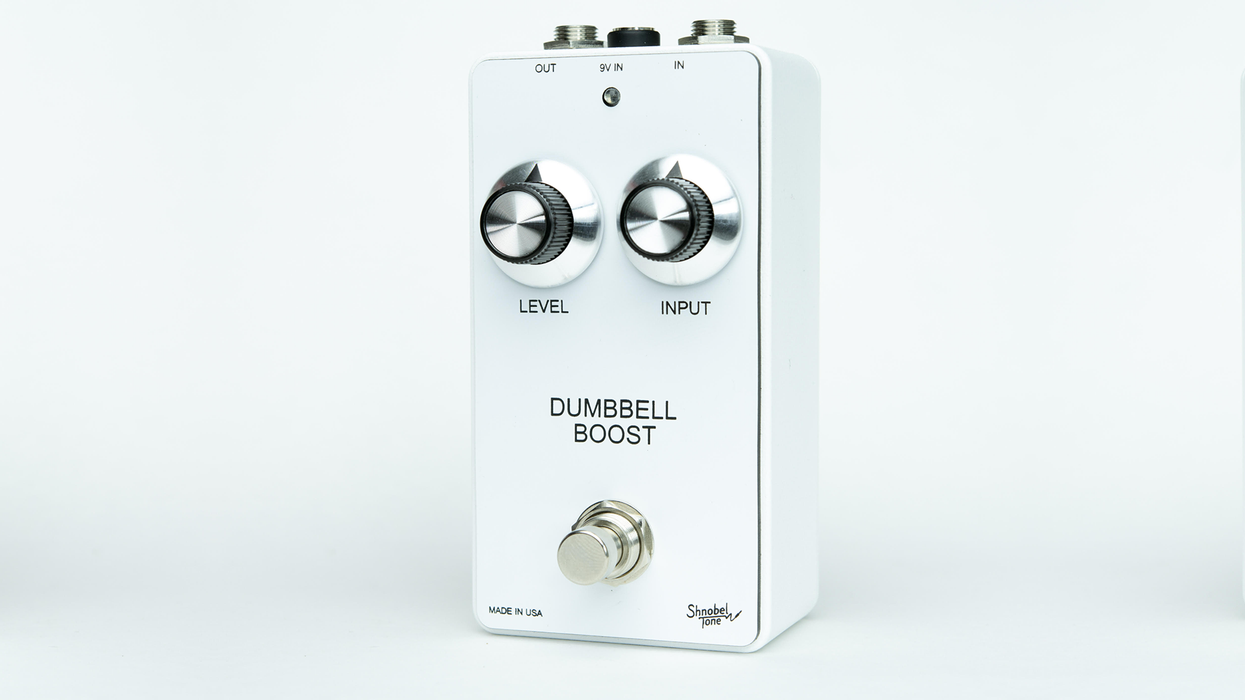

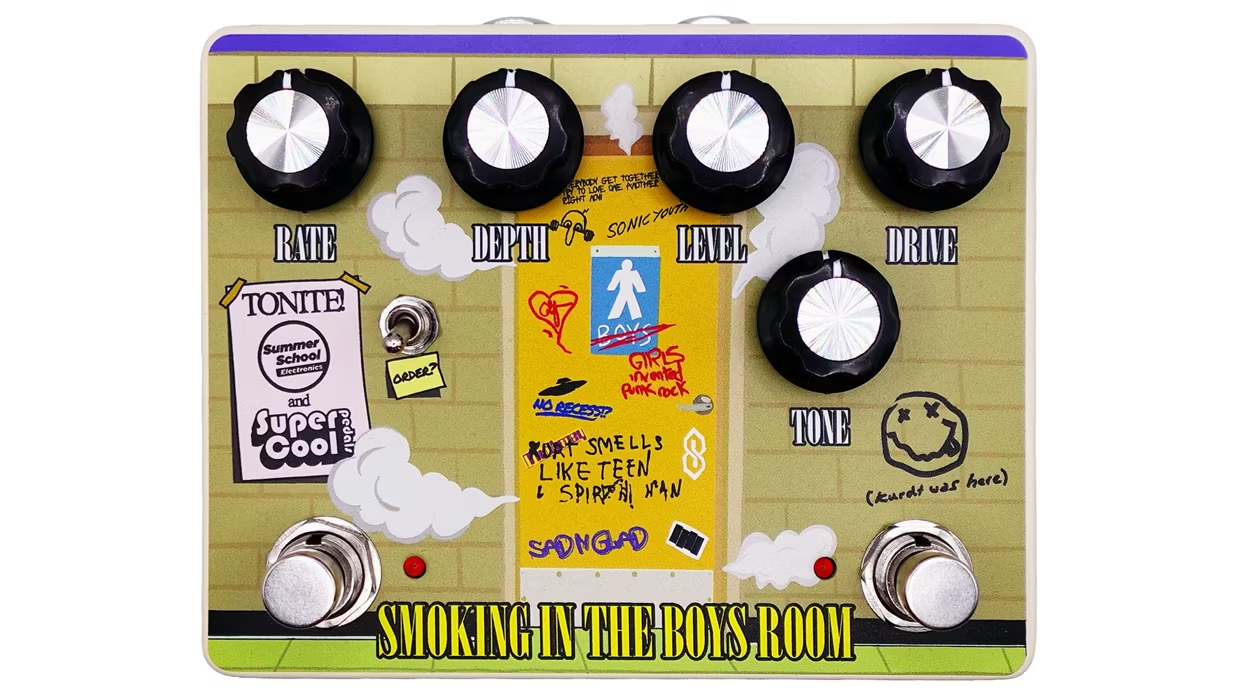


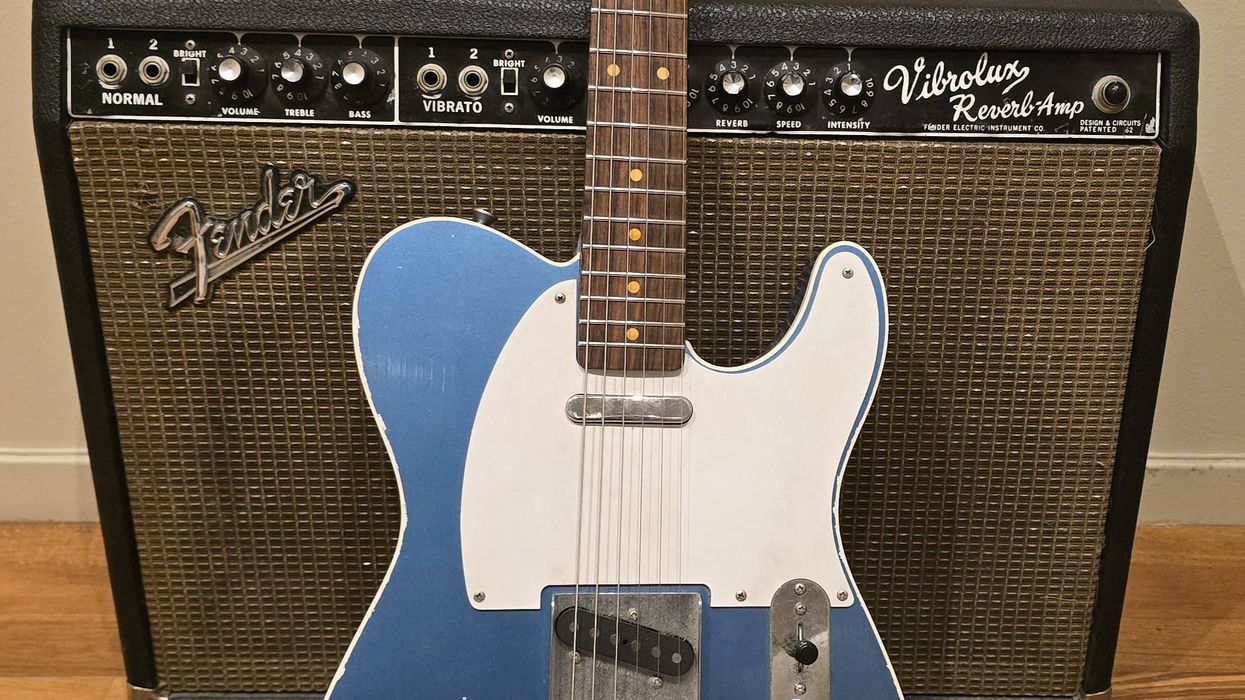
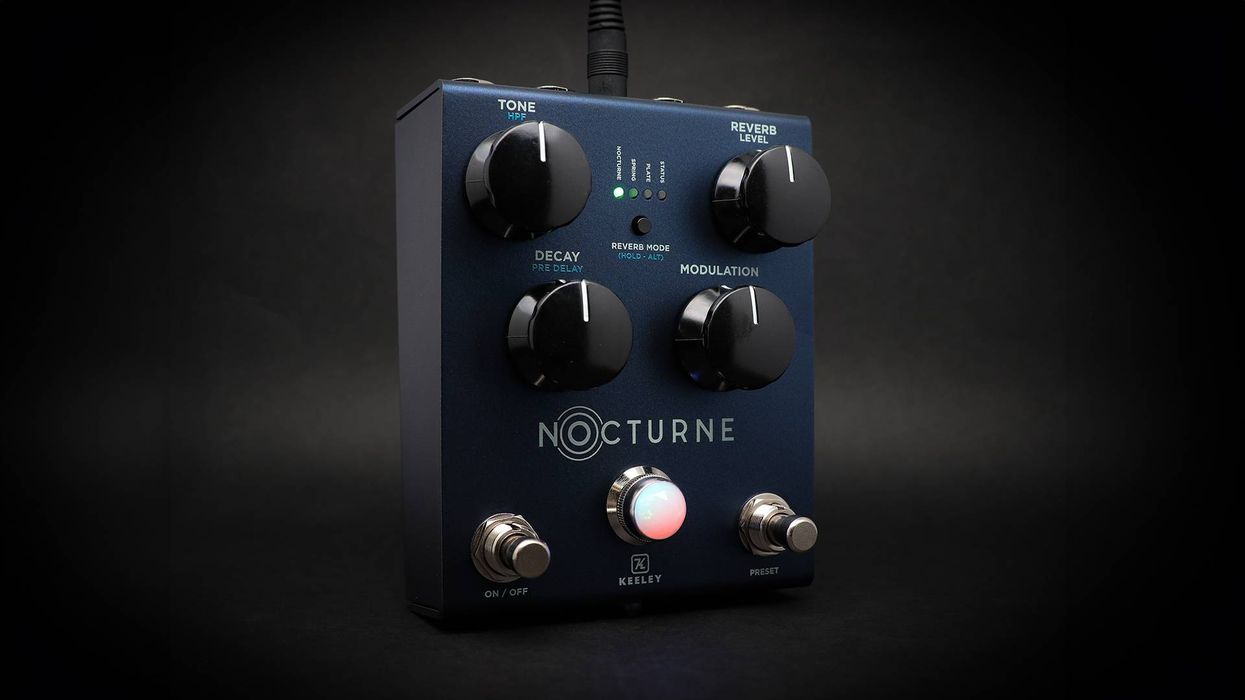

![Rig Rundown: Russian Circles’ Mike Sullivan [2025]](https://www.premierguitar.com/media-library/youtube.jpg?id=62303631&width=1245&height=700&quality=70&coordinates=0%2C0%2C0%2C0)
